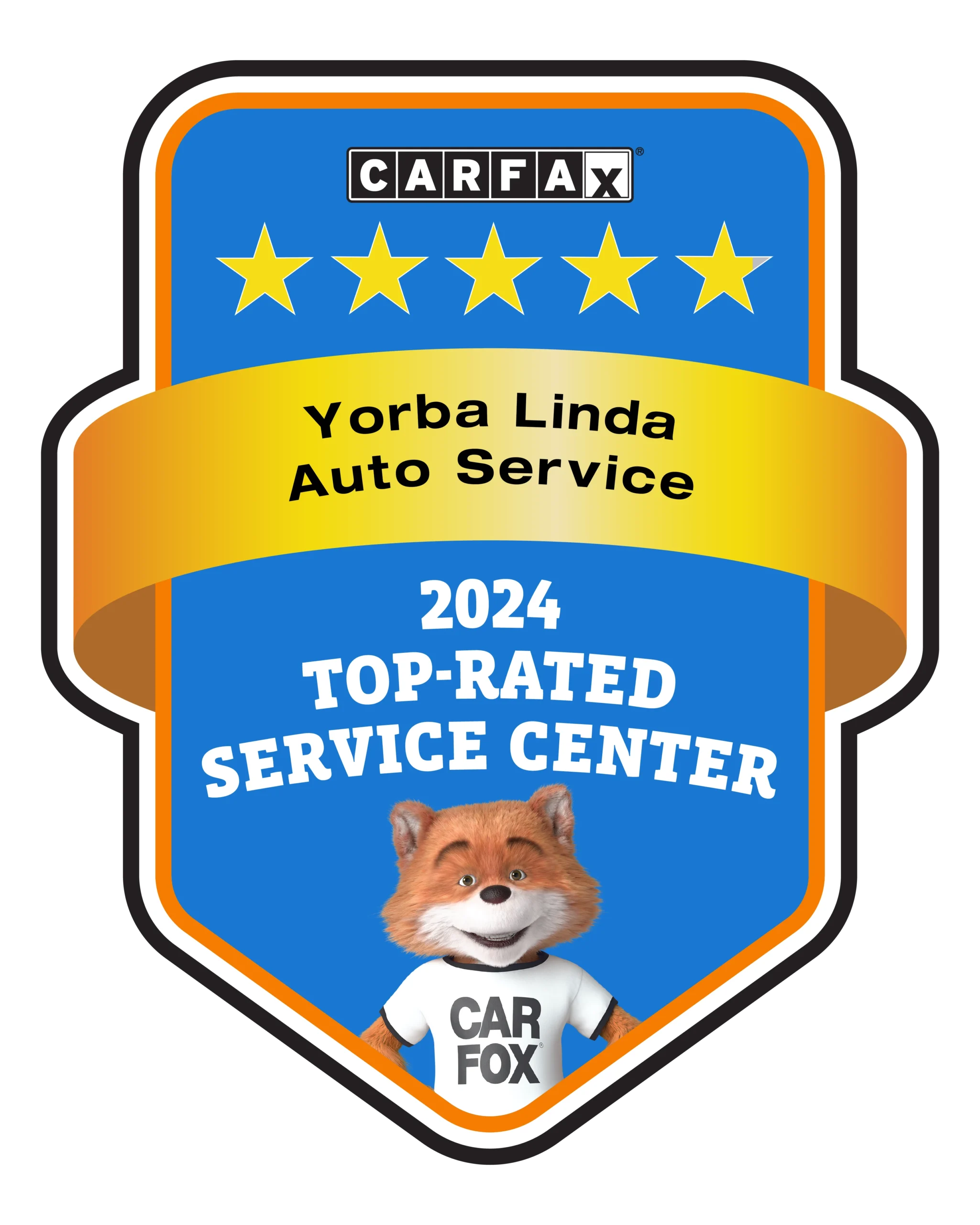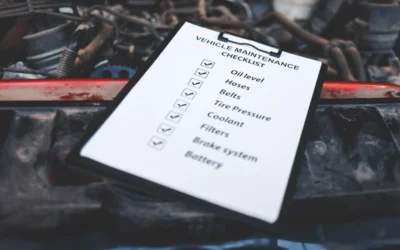Being involved in a car accident, whether minor or severe, can be a traumatic and overwhelming experience. Knowing the steps to take immediately after an accident can help you stay calm, ensure your safety, and protect your rights. Here’s a comprehensive guide on what to do if you find yourself in a car accident.
1. Ensure Safety First
Check for Injuries:
The first priority is to check for injuries. Assess yourself, your passengers, and others involved for any injuries in the car accident.
- If Injured: Call emergency services immediately. Do not move if you’re seriously injured unless there’s an immediate danger, such as a fire.
- If Uninjured: Check on others involved. If anyone is hurt, call 911 or your local emergency number right away.
Move to a Safe Location:
If possible and safe to do so, move your vehicle to the side of the road to prevent further car accidents.
- Turn on Hazard Lights: This alerts other drivers to the car accident and helps prevent additional collisions.
- Stay Inside the Car: If it’s unsafe to exit your vehicle, such as on a busy highway, remain inside with your seatbelt fastened.
2. Call the Authorities
Even if the car accident seems minor, it’s important to contact the police. Having an official report can be crucial for insurance claims and legal purposes.
- Call 911: For serious accidents with injuries, fire, or significant damage.
- Non-Emergency Number: For minor accidents without injuries, contact the local non-emergency police line.
Provide Accurate Information:
When the police arrive, give a factual account of what happened. Avoid admitting fault or speculating about the accident’s cause.
- Exchange Information: Share your name, contact details, insurance information, and driver’s license number with the other driver(s).
- Get Witness Information: If there are witnesses, gather their contact details and statements.
3. Document the Scene
Gathering detailed information at the scene can be vital for insurance claims and legal proceedings.
Take Photos and Videos:
Capture comprehensive photos and videos of the accident scene from multiple angles.
- Damage: Photograph the damage to all vehicles involved.
- Location: Capture the broader scene, including traffic signs, road conditions, and any contributing factors like weather or visibility.
- Injuries: Document any visible injuries sustained by anyone involved.
Record Details:
Write down important information about the accident while it’s fresh in your mind.
- Time and Date: Note when the accident occurred.
- Weather Conditions: Record the weather, visibility, and road conditions at the time of the accident.
- Accident Description: Write a detailed account of how the accident happened, including the direction and speed of the vehicles involved.
4. Exchange Information
It’s crucial to exchange information with all parties involved in the accident.
What to Share:
- Name and Contact Information: Full name, phone number, and address.
- Insurance Details: Company name, policy number, and contact information for claims.
- Driver’s License and Vehicle Registration: Share these details but avoid giving your Social Security number.
What to Collect:
Ensure you collect the same information from the other driver(s) involved. Also, note the make, model, and license plate number of the other vehicle(s).
5. Notify Your Insurance Company
Contact your insurance company as soon as possible to report the accident. Providing prompt notification is often a requirement of your policy.
Provide Accurate Information:
Give your insurance company a detailed account of the accident. Share all the documentation and information you collected at the scene.
- Claim Process: Ask about the process for filing a claim and what steps you need to take next.
- Coverage: Inquire about your coverage options for repairs, medical expenses, and rental vehicles if needed.
Avoid Speculation:
Stick to the facts when describing the accident to your insurance company. Do not admit fault or speculate about the cause of the accident.
6. Seek Medical Attention
Even if you feel fine after the accident, it’s important to get a medical evaluation. Some injuries may not be immediately apparent.
Immediate Medical Care:
If emergency services were called, let them examine you and follow their advice on whether you need to go to the hospital.
- Delayed Symptoms: Be aware that symptoms of some injuries, like whiplash or internal injuries, may appear hours or days after the accident.
- Follow-Up: Visit your doctor for a thorough check-up, especially if you notice any pain or discomfort in the days following the accident.
Additional Tips
Keep a First-Aid Kit:
Having a first-aid kit in your car can help manage minor injuries immediately after an accident.
Stay Calm and Polite:
Accidents can be stressful, but remaining calm and courteous can help de-escalate the situation.
Avoid Discussing Fault:
Do not discuss fault or assign blame at the scene. Leave this determination to the authorities and insurance companies.
Know Your Rights:
Familiarize yourself with your legal rights and responsibilities after a car accident. Consult a legal professional if needed.
Car Accident Conclusion
Being prepared and knowing what to do after a car accident can significantly reduce stress and ensure the safety and well-being of everyone involved. By following these steps, you can handle the aftermath of an accident effectively and protect your rights. Stay calm, document everything, and seek the necessary help to navigate this challenging situation.
Remember, safety is always the priority. Drive safely and stay prepared for the unexpected.
Come see us at Yorba Linda Auto Service for your preventative maintenance and repairs.
By following this guide, you’ll be better equipped to handle the immediate aftermath of a car accident, ensuring safety, proper documentation, and a smooth process for dealing with insurance and potential legal issues. Stay safe on the roads!
Our experts at Yorba Linda Auto Service would be more than happy to assist in making you feel safer in your vehicle by doing inspections and preventive maintenance. For any repairs you need, come on in and see how we can help. Click here to schedule your appointment or visit us at 801 South Lakeview Ave STE G, Placentia, CA 92870!











